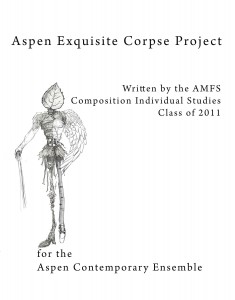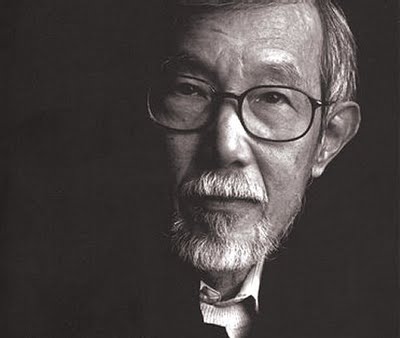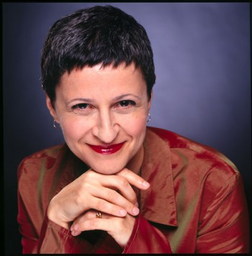On the August 21 Prom concert The City of London Sinfonia, with Ian Bostridge, tenor, and Roderick Williams, baritone, conducted by Stephen Layton, presented he first performance of Colin Matthews’s No Man’s Land, which had been commissioned by the Boltini (Family) Trust to commemorate the group’s fortieth anniversary. The commission was offered to Matthews by the founder of the Sinfonia, Richard Hickock, three days before his sudden death in November, 2008, and the work is dedicated to his memory. In planning what to write Matthews’s thoughts turned toward the First World War. He has been obsessed with the war for a long while. His interest is not just that of a history buff, however; one of his grandfathers died on the Somme. The text, written at Matthew’s request by Christopher Reid, whose children’s verses he had set in his work Alphabicycle Order in 2007, is a sequence of poems representing the conversation of the ghosts of two soldiers of the First World War.
The First World War has an evocative power for the British that it does not have for Americans, who tend to find much more inspiration from either the American Civil War, which seems to be still connected in a powerful way to American thinking about government and every day life, or The Second World War, in which Americans can find a representation of themselves in the world that conforms to their preferred self-image. Aside from the closeness that all the British, and their parents and grandparents, had and have to both of the world wars, there is a great fund of British artistic models concerned with “The Great War,” most prominently the poets of the war, such as Rupert Brooke, Seigfried Sassoon, Edward Thomas, and Wilfred Owen; the influence of the Britten War Requiem, with its connection to Owen, especially on composers of Matthews’s generation, is also considerable.
No Man’s Land is a dialog between Captain Gifford and Sargeant Slack, the tenor and baritone soloists, respectively, whose bodies have been left hanging on barbed wire in the no man’s land between the two front lines. The first part of their conversation is concerned with the details of life (and death) in the trenches; in the second, after telling of a bar where wine and women were available, Gifford relates a dream about the official attitude of the expendability of soldiers, Slack sings a lullaby, and the two particular soldiers recede into the mass of soldiers. The text for their conversation is full of songs, which Matthews has set in many cases with parodies of music of the period, including marches, hymns, and pub and music hall songs, both comic and sentimental. He has also included ‘documentary’ music, recordings from the time: some scraps of marches, and Edna Thorton singing a song entitled ‘Your King and Country Need You.” No Man’s Land’s orchestra consists of double woodwinds, pairs of horns and trumpets, percussion, keyboard (playing celesta and an out of tune upright piano), and strings, divided into three violin parts, and two parts of each of the other instruments.
It may be that there is supposed to be a class element depicted in the setting as a means or characterization. It is Sargeant Slack who sings the songs which are most clearly parodies of music hall songs. Roderick Williams sang those songs with a sort of working class accent, although since he didn’t apply this otherwise it’s a little unclear what the intention was. Slack’s songs are accompanied by the out of tune piano. Gifford’s songs are in a much more modern music style, and are accompanied by music which is rather like the music that accompanies the Owen poems in the War Requiem. Even the song of Gifford’s that in this context would seem to cry out for a parodistic setting, the one about the bar where soldiers could find wine and women, in which Slack joins in, is given a less vernacular treatment, and, rather than being accompanied by the piano, are accompanied by fancy violin music. The use of vernacular elements, which has it effect, certainly, seems not to be particularly strongly connected to the other music thematically. It is also not so clear what, other than the immediate effect, is gained by playing the recordings of music of the period in the two short stretches where they appear, rather than incorporating the music into the texture in some other way. At one point where reference is made to a mouth organ, there is a striking a masterly invocation of that sound of the harmonica by strings. It might be that some similar treatment of the rest of the vernacular elements might have been more rather than less effective. Nonetheless, No Man’s Land is an ambitious, masterly, effective and affecting work, whose seriousness and sincerity is beyond questioning, and the mastery of its composer is also clear and unquestionable.
The rest of the concert consisted of Britten’s Variations of a Theme of Frank Bridge, for strings, and the Mozart Requiem. All the Proms concerts can be heard on the Proms website (http://www.bbc.co.uk/proms) for a week after the performance.






